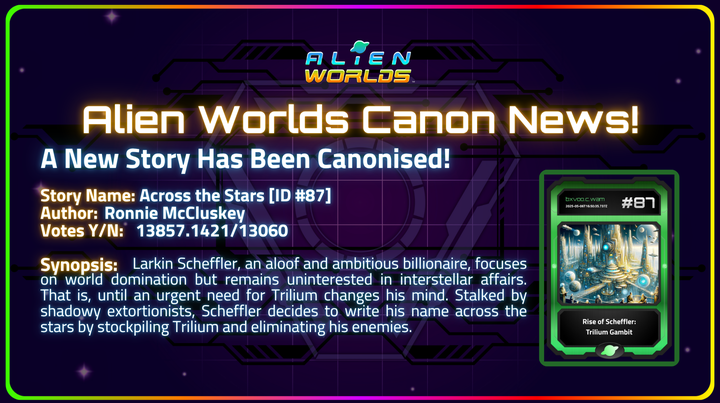
Cours du APENFT

Avis de non-responsabilité
Infos sur le marché du APENFT
Cap. boursière = offre en circulation × dernier cours

Flux de APENFT







Performance du cours de APENFT en USD
Conversions de APENFT populaires
À propos du APENFT (NFT)
- Site web officiel
- Explorateur de blocs
FAQ APENFT
APENFT frappe des œuvres d'art sous forme de jetons ERC-721/TRC-721 sur la chaîne. Ces jetons sont stockés dans les smart contracts ERC-20/TRC-20 des jetons NFT et les droits des œuvres d'art sous-jacentes appartiendront aux détenteurs de NFT.
Les données contenues dans les jetons NFT ERC-721/TRC-721 frappés, ainsi que les enregistrements des œuvres d'art sous-jacentes sont stockés de manière permanente sur le système de fichiers BitTorrent, tandis que les fichiers sont stockés sur Internet.
Achetez facilement des jetons NFT sur la plateforme de cryptomonnaie OKX. Le terminal de trading au comptant d’OKX inclut la paire de trading NFT/USDT.
Vous pouvez aussi acheter des NFT avec plus de 99 monnaies fiduciaires en sélectionnant l’option Achat express. D’autres cryptos populaires, comme XRP (XRP), Cardano (ADA), Tether (USDT) et USD Coin (USDC) sont également disponibles.
Vous pouvez également échanger vos cryptomonnaies existantes, notamment Polkadot (DOT), Shiba Inu (SHIB), Solana (SOL) et Chainlink (LINK) contre des NFT, sans aucuns frais ni glissement de cours, grâce à OKX Convert.
Pour consulter les prix de conversion estimés en temps réel de monnaies fiduciaires, comme le dollar américain, l’Euro, la livre britannique, etc., en NFT, consultez le Calculateur convertisseur de cryptos OKX. La plateforme d’échange de cryptos à liquidités élevées d’OKX garantit les meilleurs cours pour vos achats de cryptos.














Données sociales